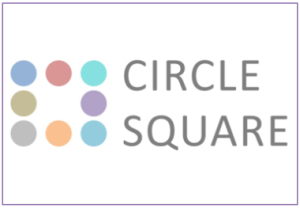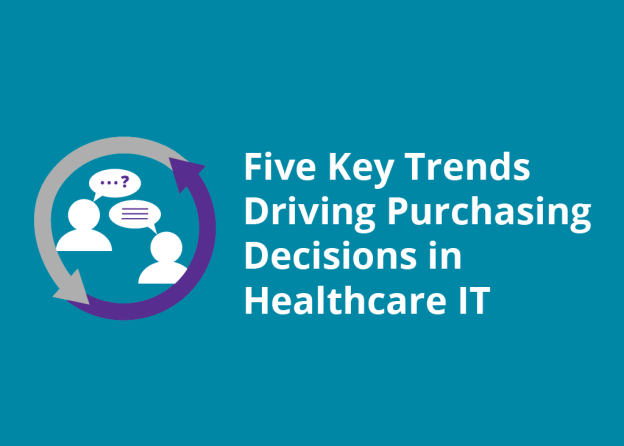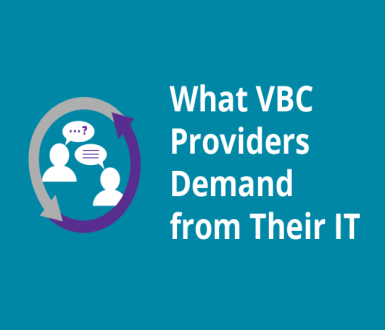The six tools value based care (VBC) providers demand from their information technology


2nd June 2023 – Contribution by Rohinee Lal – Featured in Circle Square Digital Health Trends – May 2023

1. Identify patient cohorts
Our research has highlighted that EHRs are the main sources of patient information that are used to identify specific patient cohorts to target as part of VBC, coupled with manual data handling processes. Some EHRs are basic without clinical decision support (CDS) tools for closing care gaps.
2. Risk stratify patient cohorts
VBC providers highlighted a reliance on off the shelf algorithms to prioritize patient cohorts into high and low risk categories for interventions and care plans, e.g., Milliman RX, Hierarchical Condition Category (HCC), Charlson Comorbidity Index, QAdmission Risk Algorithm (UK), Electronic Frailty Index (UK), and Kaiser
3. Clinical decision support
Advanced VBC organizations have developed integrated tools/dashboards providing care gap closure recommendations. However, the system is still not perfected as many CDS options are not integrated with care coordination team workflows requiring timely manual processes and additional staff resources.
4. Population health management
Improvements to current population health management (PHM) tools on the market are needed. Many orgs currently use broad dedicated PHM tools that enable care management teams to view cohorts based on risk and then drill down into specific patients to receive input and advice on what actions are needed to close gaps in care.
5. Patient activation and outreach
The telephone remains the primary method of contacting patients and enrolling them into VBC. Enrollment success varies greatly across organizations, with some leveraging additional outreach tools such as texting tools and various patient apps and portals to contact patients. Communication is initiated and managed via workflows that originate from the EHR which housing patient contact info.
6. Performance tracking / reporting
Organizations are required to participate in annual auditsthat measure performance and track outcomes. Analysing data for these audits is extremely valuable but is a labor intensive process and many healthcare organizations lack adequate resources and skill sets to create these reports. Most use some form of DIY BI tools created by internal staff to track various program success metrics.
Editorial: Rohinee Lal, Signify Research, provides an interesting model for categorizing the HIT tools that are central to value based care . We abstracted some comments about each from her white paper, linked below. It was developed from interviews with hundreds of VBC decision makers and buyers from ACOs and IDNs in the US and similar organizations internationally about their healthcare IT needs. It is consistent with and supportive of similar models from KLAS Research and Chilmark Research.
Source: Signify Research

